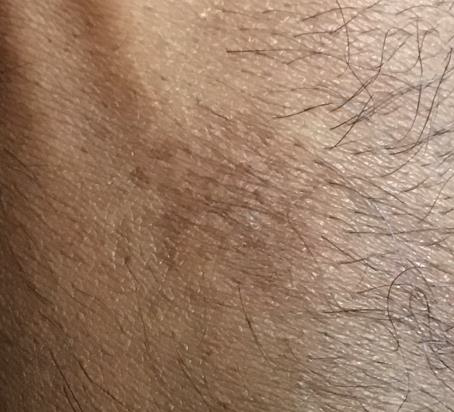The words “homegrown” or “endogenous” knowledge can sometimes have or be considered to have parochial overtones.
I think these words are only parochial if it means we reject or fail to respect non-homegrown innovations. For CDT-Africa, building endogenous capacity and investing on homegrown innovations is the key for real and sustainable growth and transformation. I was reminded again how important it is to learn and build from the rich and effective knowledge of our forefathers across the country.
This morning, I was talking with one of my cousins about COVID-19 and jumped into the Spanish flu. My cousin has grown up in Belesa, north Gondar. Belesa was prone to frequent epidemics and my cousin had witnessed several of those—acute respiratory infections, meningitis, small pox, malaria, etc. He also remembers how people dealt with those epidemics when there were no hospitals, clinics, vaccines and government run public health messages.
Well they did several things:
- Physical/social distancing: If someone was sick, the healthy person should avoid eye contact and keep distance (a shadow away). So, the healthy person, by looking away, avoids respiratory droplets that can come through talking breathing and coughing. By being avoiding the “shadow” of the sick person, the healthy person avoids proximity with the sick person.
- Quarantine
- Qesa (ቀሳ): These are beautifully made small thatched roof hats where persons with the infection were kept isolated. The family or the neighbours fed and looked after the isolated person. The Abyssinica dictionary translates ቀሳ as quarantine. But my cousin referred to the hats rather than the isolation (the quarantine) itself as ቀሳ.
- When the whole family became sick, the whole family was kept in their own house isolated from the community. Again the neighbours took turns to feed and look after the family. They had openings under the door to provide the food, etc. Anything coming out of the house was also pushed through the opening.
- Induction of immunity (መሸለም): For diseases like the small pox, a local expert would take fluids or blood from a mildly sick person and put it into a small cut made on the forearm of the child or person that has not yet been sick. If there is a reaction/swelling around the cut, they believe immunity was induced---"ተሸለመ”. Now I can make sense of the scar on my left forearm.


